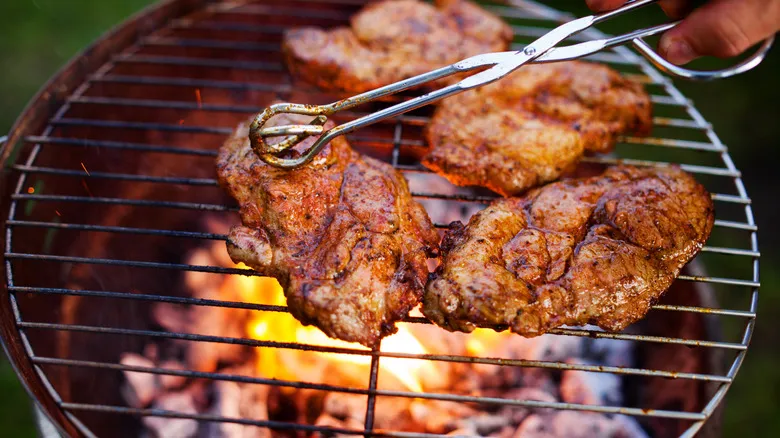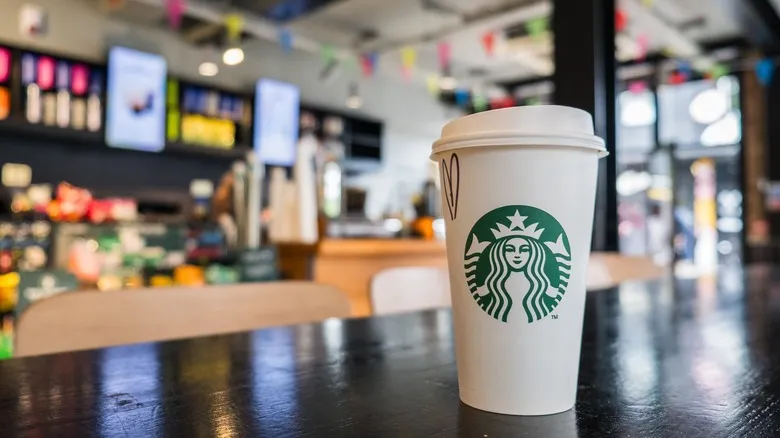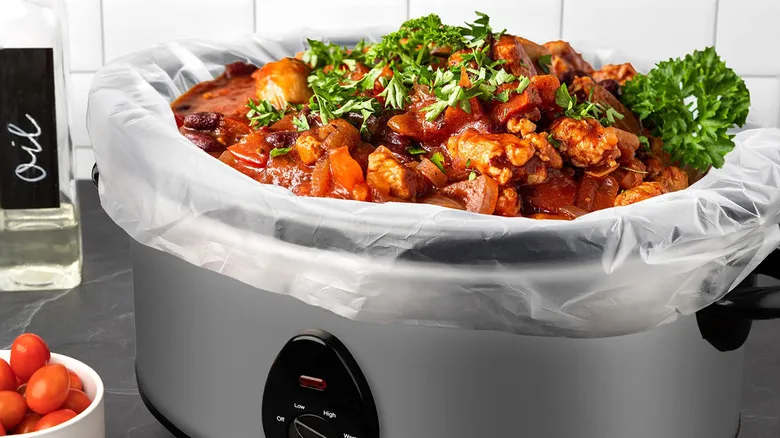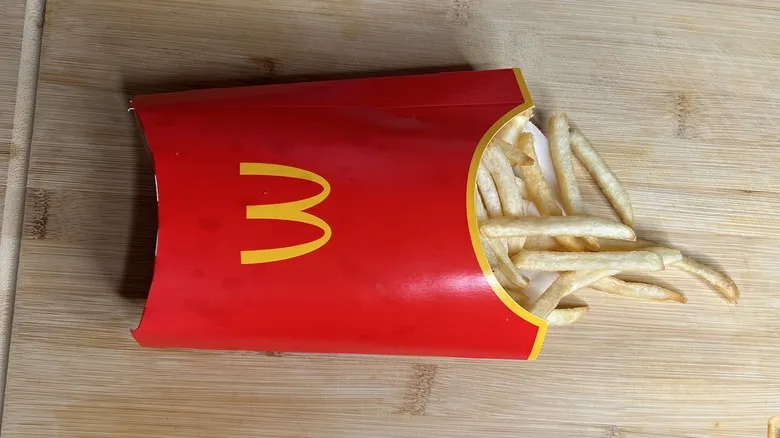A step-by-step guide on setting up your charcoal
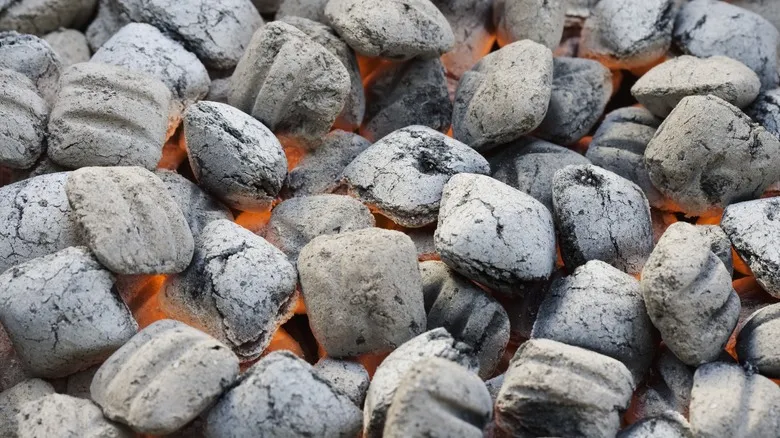
While the idea of ensuring your charcoal is sufficiently hot before grilling is straightforward, there are several important steps to follow to achieve this. First and foremost, the arrangement of the charcoal on the grill is crucial. You should create a mound of coals in the center of the grill grate to maintain contact and distribute heat more effectively across the cooking surface. The specific quantity of charcoal required will vary based on what you are grilling, so be sure to adhere to your recipe. Generally, most charcoal grills require around 100 lumps or briquettes to get started.
Next, apply lighter fluid to the charcoal mound according to the instructions on the bottle. Make sure to spray the lighter fluid on all sides of the mound to ensure even ignition. After applying the fluid, ignite the coals using a long-handled lighter. (Always exercise caution when using lighter fluid, and never add more to coals that are already burning.) As the coals ignite, they will gradually change color from gray to white as they become coated in ash. Keep the grill lid open while the coals are burning, as the airflow helps sustain the flames. This preheating phase typically takes about 15 to 20 minutes.
One other way to ensure your coals are ready
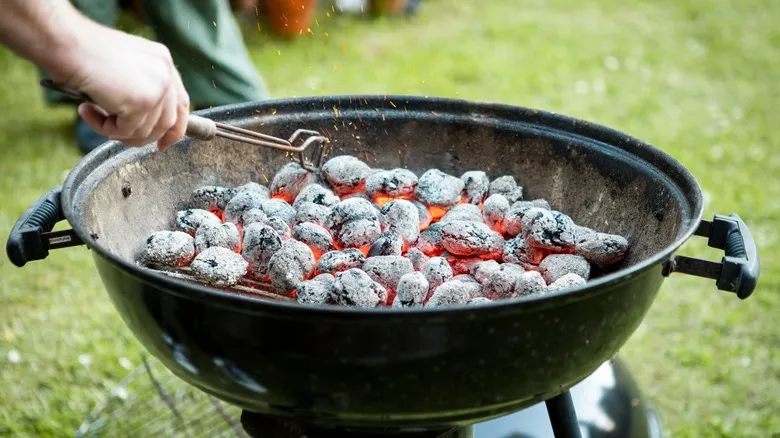
If you don't have lighter fluid or think it's a mistake to use it for grilling, you can opt for an electric starter or a chimney charcoal starter to ignite your coals instead. It ultimately comes down to personal choice. Once the coals turn white, use tongs to spread them evenly across your grill, place the grill grates on top, and prepare to start cooking. (To avoid another common grilling error that can extend your cooking time, keep the lid closed to maintain heat circulation inside.)
Another method to check if your coals are ready for grilling is to assess their temperature. By holding your hand about six inches above the grill grates, you can gauge the heat based on how long you can keep your hand there without discomfort. If you can hold it for up to ten seconds, that's low heat, perfect for chicken or roasts. If you can manage six seconds, the coals are at medium to medium-high heat, which is ideal for burgers, vegetables, and seafood. If you can only hold your hand there for two to four seconds, the heat is high, suitable for steak. If you're uncertain, consider investing in a charcoal grill with a built-in thermometer. Enjoy your grilling!
Recommended
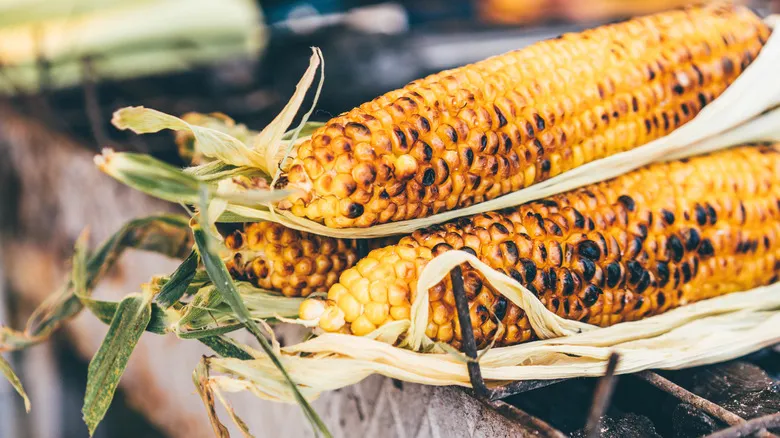
How Long Does It Take To Cook Corn On The Cob On The Grill?

How To Make An Authentic Philly Cheesesteak At Home, According To The Pros
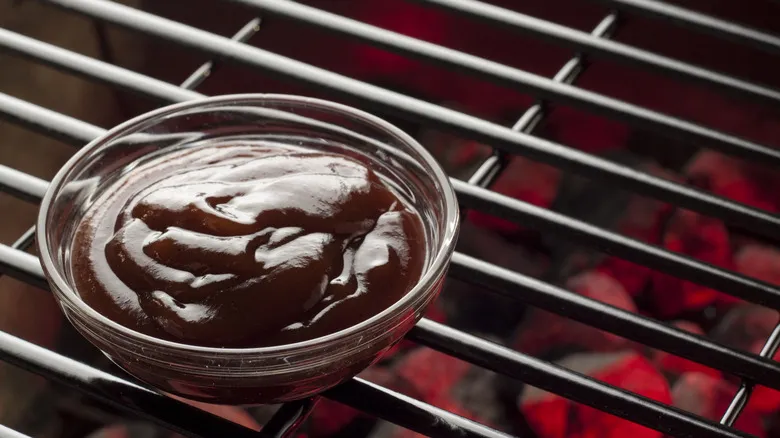
Barbecue Sauce Used To Look A Lot Different
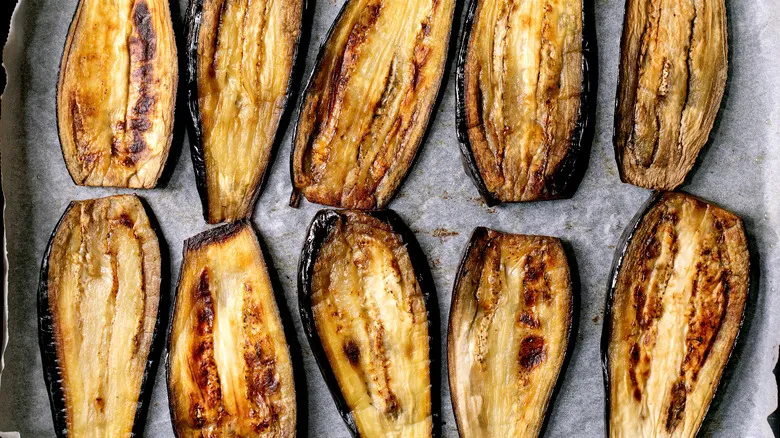
Achieve Perfect Eggplant Texture With These Ottolenghi-Approved Roasting Tips
Next up

